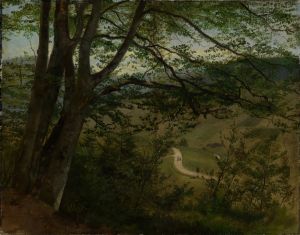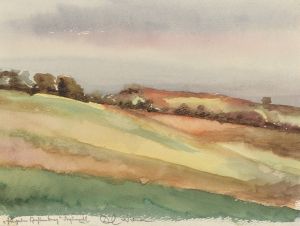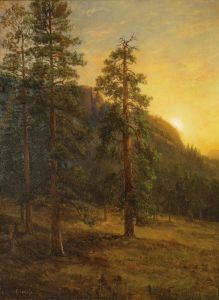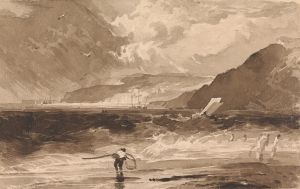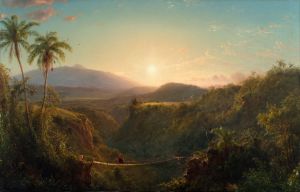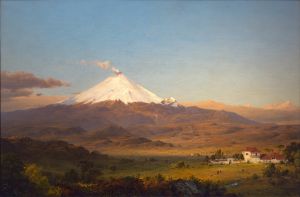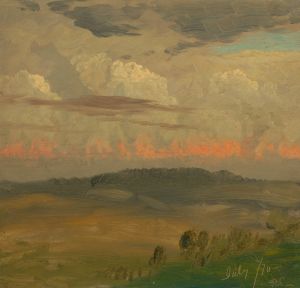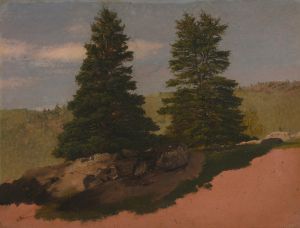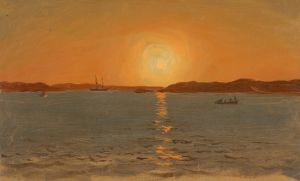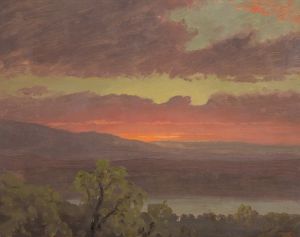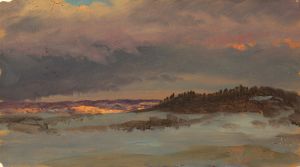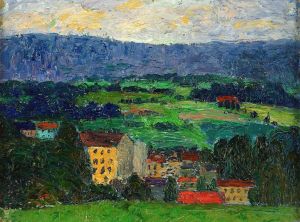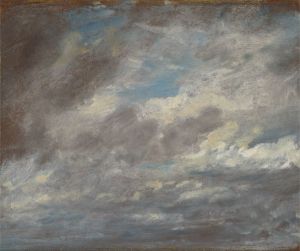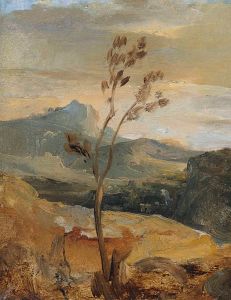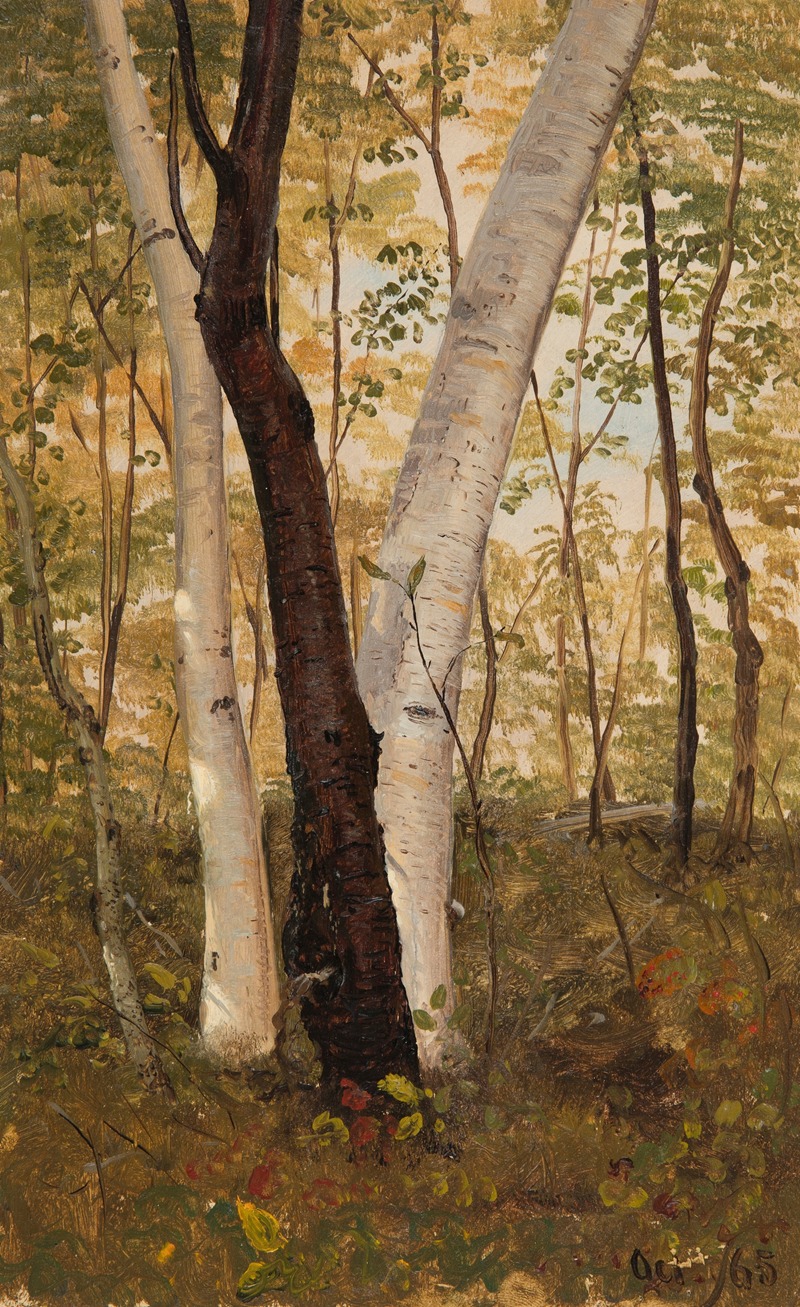
In the Woods, Hudson, New York
A hand-painted replica of Frederic Edwin Church’s masterpiece In the Woods, Hudson, New York, meticulously crafted by professional artists to capture the true essence of the original. Each piece is created with museum-quality canvas and rare mineral pigments, carefully painted by experienced artists with delicate brushstrokes and rich, layered colors to perfectly recreate the texture of the original artwork. Unlike machine-printed reproductions, this hand-painted version brings the painting to life, infused with the artist’s emotions and skill in every stroke. Whether for personal collection or home decoration, it instantly elevates the artistic atmosphere of any space.
"In the Woods, Hudson, New York" is a painting by the renowned American landscape artist Frederic Edwin Church. Church, a central figure in the Hudson River School, was known for his detailed and dramatic landscapes that often depicted the natural beauty of the American wilderness. Born in 1826 in Hartford, Connecticut, Church studied under Thomas Cole, the founder of the Hudson River School, and quickly became one of the most celebrated landscape painters of his time.
The painting "In the Woods, Hudson, New York" exemplifies Church's meticulous attention to detail and his ability to capture the serene beauty of the natural world. Although specific details about the creation date and the circumstances surrounding this particular painting are not extensively documented, it is consistent with Church's style during the mid to late 19th century when he was most active.
Church's work is characterized by its realistic portrayal of landscapes, often infused with a sense of the sublime. He was known for his ability to render the effects of light and atmosphere with precision, which is evident in "In the Woods, Hudson, New York." The painting likely depicts a wooded area in or around Hudson, New York, an area that Church was intimately familiar with, as he lived in the region for much of his life.
The Hudson River School, to which Church belonged, was not just an art movement but also a reflection of the 19th-century American ethos that celebrated the vast, untamed wilderness of the United States. This movement was partly inspired by the transcendentalist philosophy, which emphasized the spiritual benefits of nature and the importance of preserving the natural environment.
Church's paintings often went beyond mere representation; they were imbued with a sense of awe and reverence for the natural world. This is evident in "In the Woods, Hudson, New York," where the interplay of light and shadow creates a tranquil yet majestic scene. The painting invites viewers to contemplate the beauty and complexity of the forest, encouraging a deeper appreciation for the environment.
Throughout his career, Church traveled extensively, drawing inspiration from various landscapes around the world, including South America, the Arctic, and the Middle East. However, his works depicting the American landscape, particularly those of the Hudson River Valley and the surrounding areas, remain some of his most celebrated contributions to American art.
"In the Woods, Hudson, New York" is a testament to Church's skill as a landscape painter and his dedication to capturing the essence of the natural world. His works continue to be admired for their technical proficiency and their ability to evoke a sense of wonder and respect for nature. Today, Church's paintings are held in high esteem and are featured in numerous prestigious collections, including the Metropolitan Museum of Art and the National Gallery of Art.
While specific exhibitions or ownership details of "In the Woods, Hudson, New York" are not widely recorded, Church's legacy as a master of American landscape painting endures, and his works continue to inspire artists and nature enthusiasts alike.





